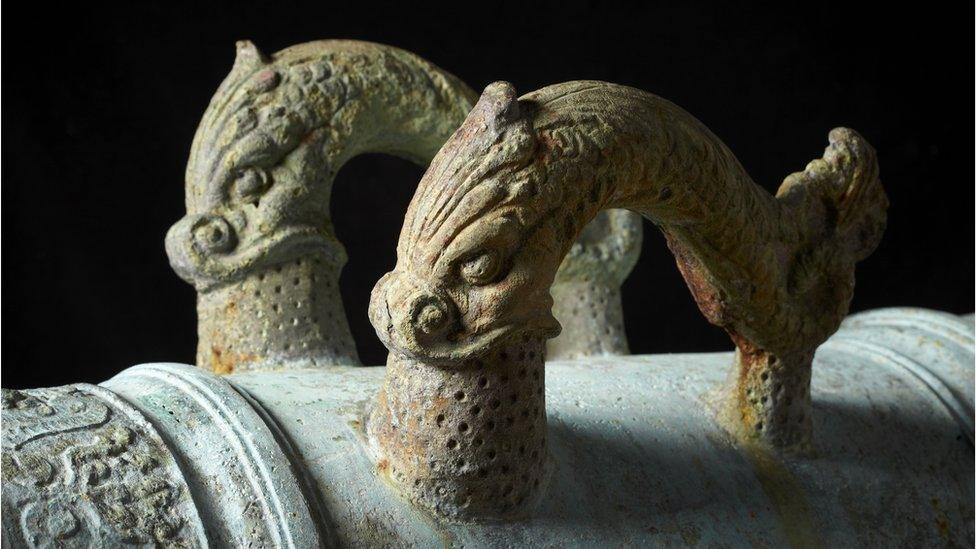'Ideal' conditions reveal bronze cannon on seabed
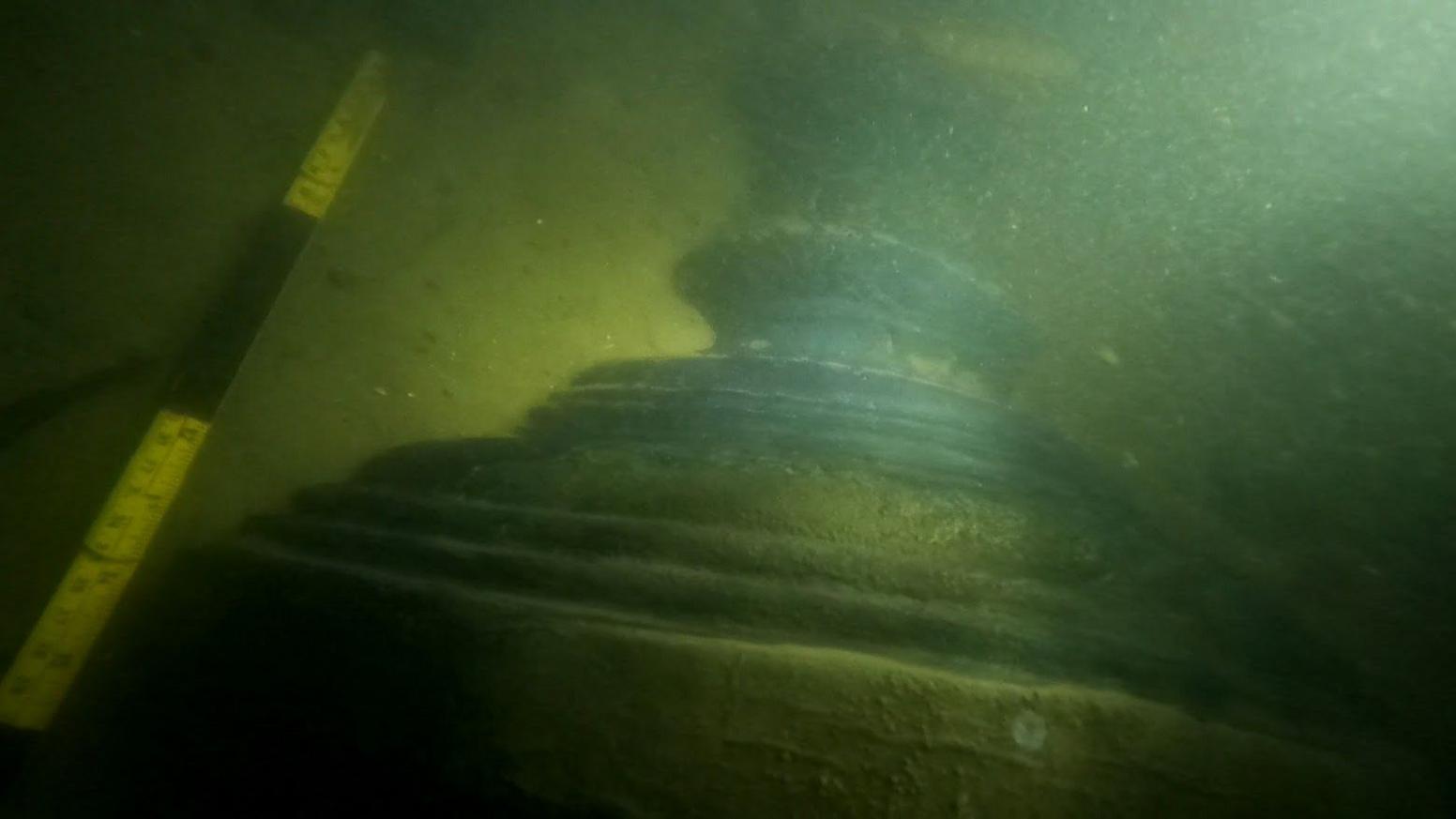
Diver Steve Ellis and his team discovered the cannon lying on the seabed in the Thames Estuary, despite visibility which can be as little as 0.5m (1.6ft)
- Published
A bronze cannon has emerged out of the silt and mud of the Thames Estuary at the site where a ship exploded in the 17th Century.
The London blew up nearly 360 years ago off the Essex coast near Southend-on-Sea and an astonishing array of well-preserved finds have been retrieved from it in recent years.
The gun has been given underwater forensic marking, following an Historic England trial in 2023, described as "a gamechanger" to deter potential thieves.
The latest discovery was spotted on the seabed thanks to very rare "ideal" underwater conditions, said Steve Ellis, one of Historic England's licensed divers.

Mr Ellis (second left) has been diving the wreck under licence for Historic England for 14 years
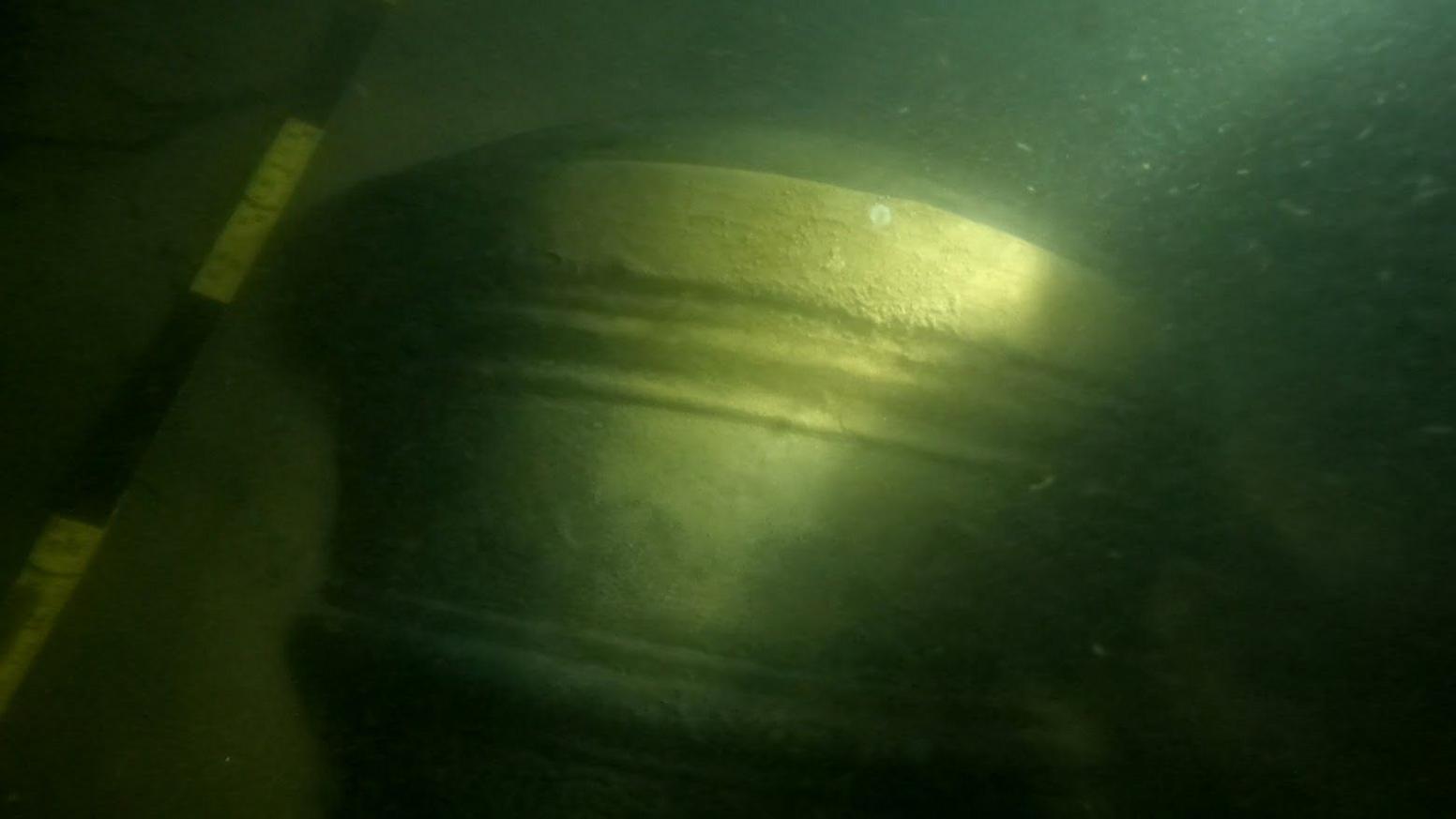
The cannon is believed to be an 8ft (2.4m) by 6ft (1.8m) demi-cannon made by George Browne between 1656 and 1657 for the London
Hefin Meara, Historic England’s maritime archaeologist, said: "The thing about bronze guns is that the metal was so very valuable, as they got worn out, they would be melted down and recast.
"So discovering a cannon on a shipwreck is really exciting, it's an opportunity to fill in gaps and get an understanding of how ordnance developed over the years."
It has only just become exposed and from Mr Ellis' investigations so far, seems to be a demi-cannon cast by George Browne and was probably placed on the ship's lower deck, he added.
"This discovery sheds new light on my theories about how the ship may have exploded and how it came to lie in two parts on the seabed," said Mr Ellis, who has been diving the site for about 14 years.
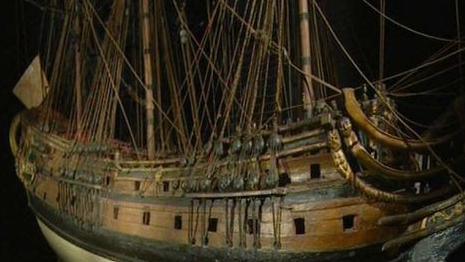
The ship was crowded with women and children, families of the sailors, when a gunpowder explosion blew it up
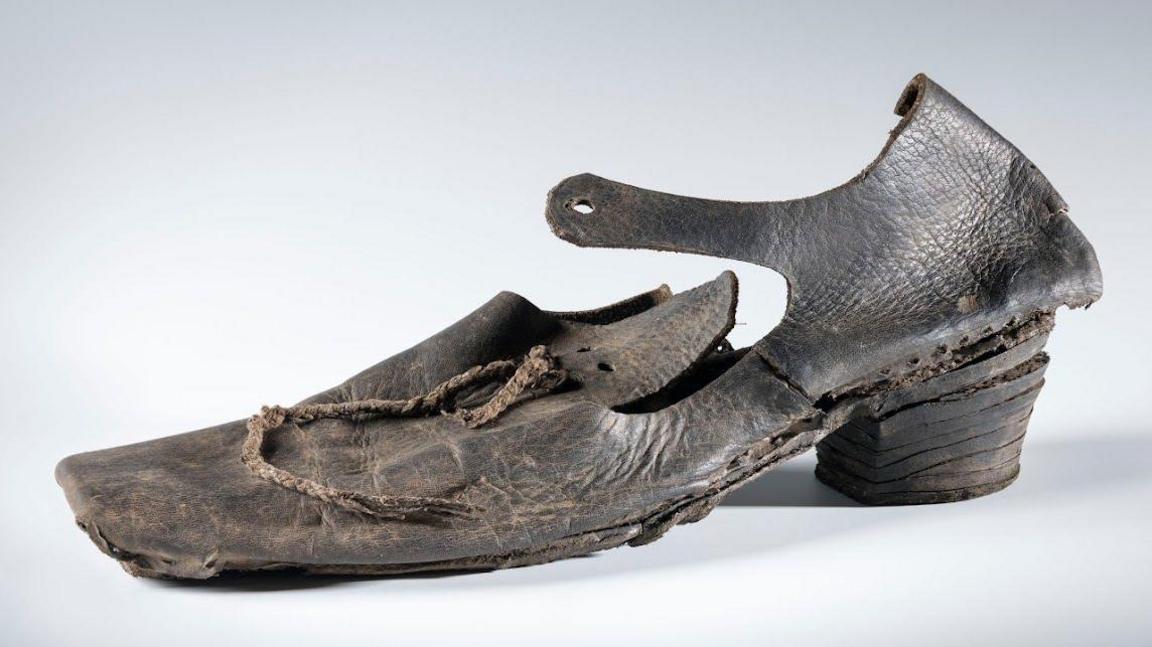
The Thames silt and mud has proved just the right conditions to preserve all sorts of organic material
It had been a while since Mr Ellis and his team dived that part of the wreck site.
Mr Meara said: "You've got sediments moving around on the site so things will periodically be uncovered and re-covered again."
The warship is one of England's most important shipwrecks and is in a Protected Wreck Site, external.
Historic England has worked with MSDS Marine and other partners to develop an invisible forensic marking product for retrieved artefacts.
Mr Meara said: "It's a gamechanger in the long term for protecting these sites."
He also paid tribute to Mr Ellis and his team as "the real eyes, the custodians of these sites".
A commercial diver was jailed for two years in 2015 for removing and fraudulently selling three cannon from the London.
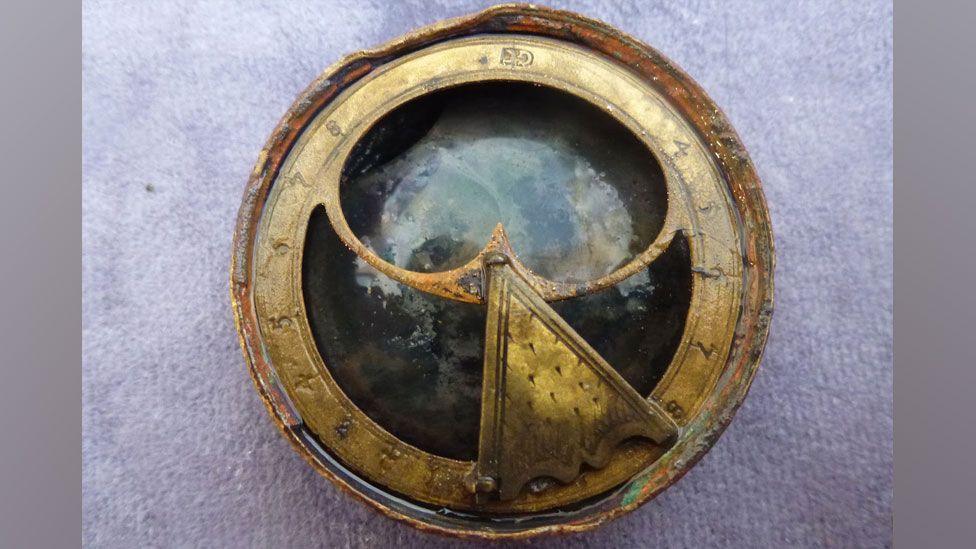
This ornate 4cm (1.57in) wide bronze sundial compass is among the finds
The London was a second-rate ship of the line, carrying some 70 guns and more than 300 crew.
But, on its way to fight in the second Anglo-Dutch War in 1665, the ship exploded while moored at The Nore in the Thames Estuary.
Many women and children, families of the sailors, were on board and the disaster was written about by diarist Samuel Pepys.
Due to the explosion, "the wreck site is huge" and the ship lies in two pieces on the end of a very busy shipping lane, said Mr Meara.
"But because it's in the Thames Estuary, the inorganic environment of those silts means the preservation of materials is incredibly good," he said.
Artefacts uncovered so far include leather shoes, pieces of instruments, wooden tools, rope and a compass, many of which are held at Southend Museum.
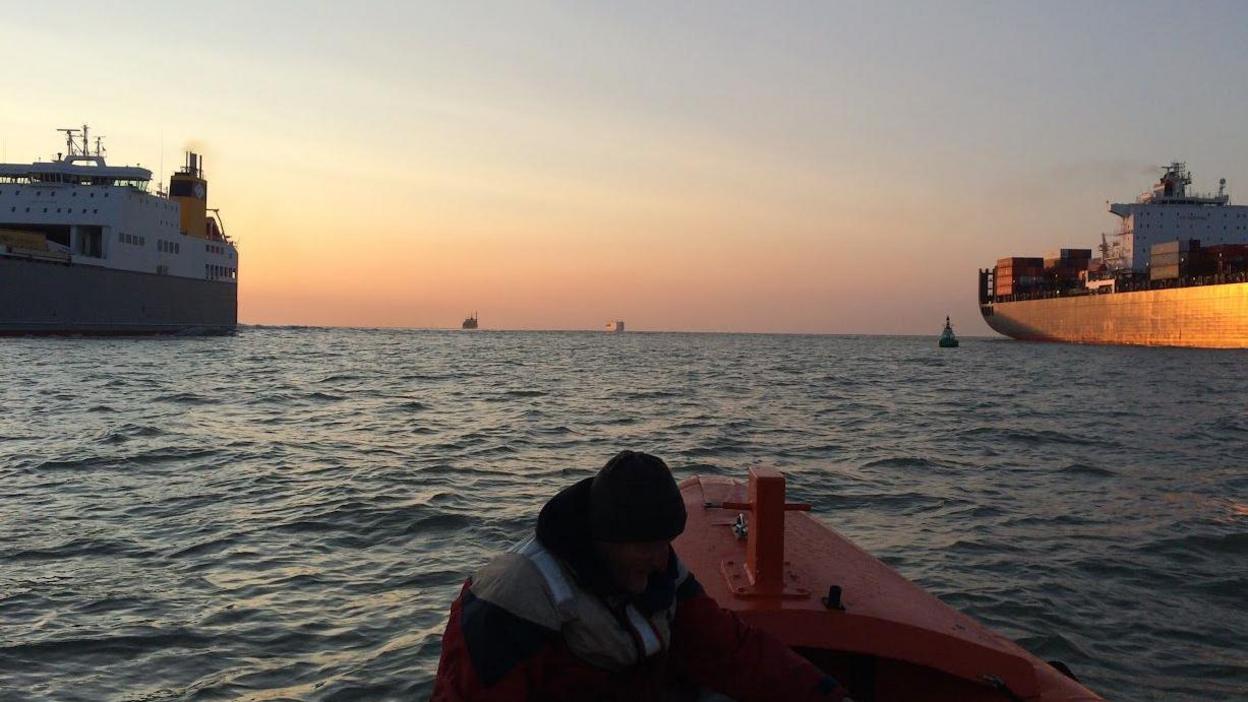
The wreck site is within an extremely busy shipping lane and is on Historic England's Heritage at Risk Register due to the speed with which it is eroding
Get in touch
Do you have a story suggestion for Essex?
Follow Essex news on BBC Sounds, Facebook, external, Instagram, external and X, external.
Related topics
- Published18 September 2023
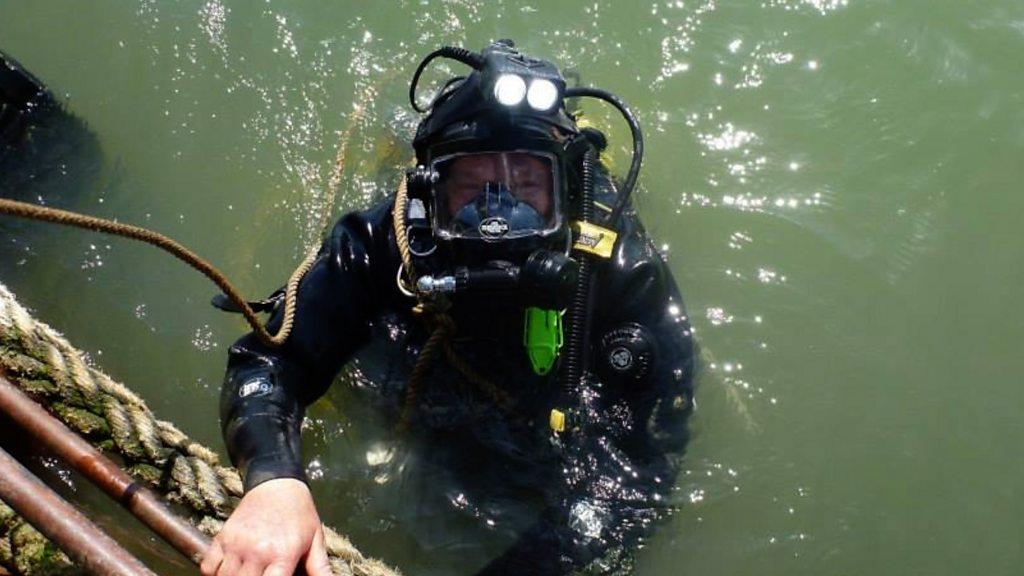
- Published6 July 2020
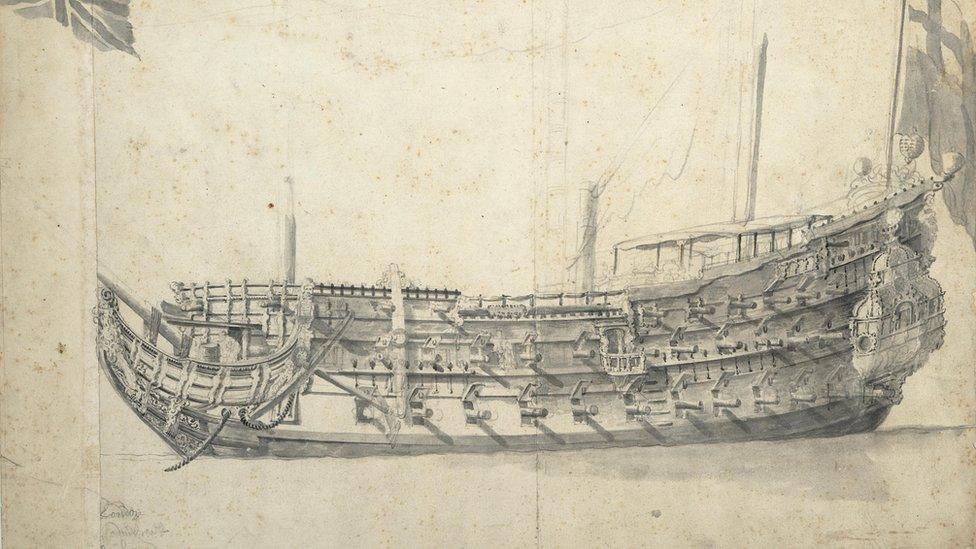
- Published15 June 2020

- Published4 September 2015
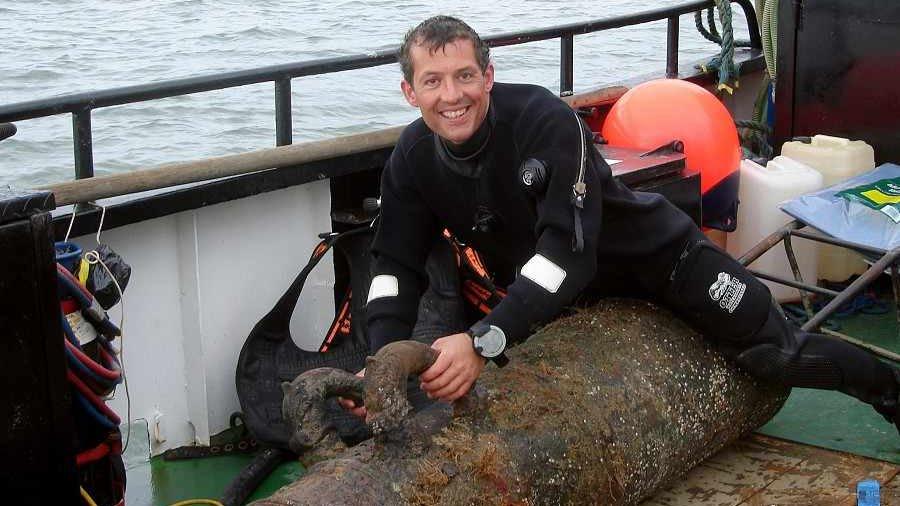
- Published16 September 2018
